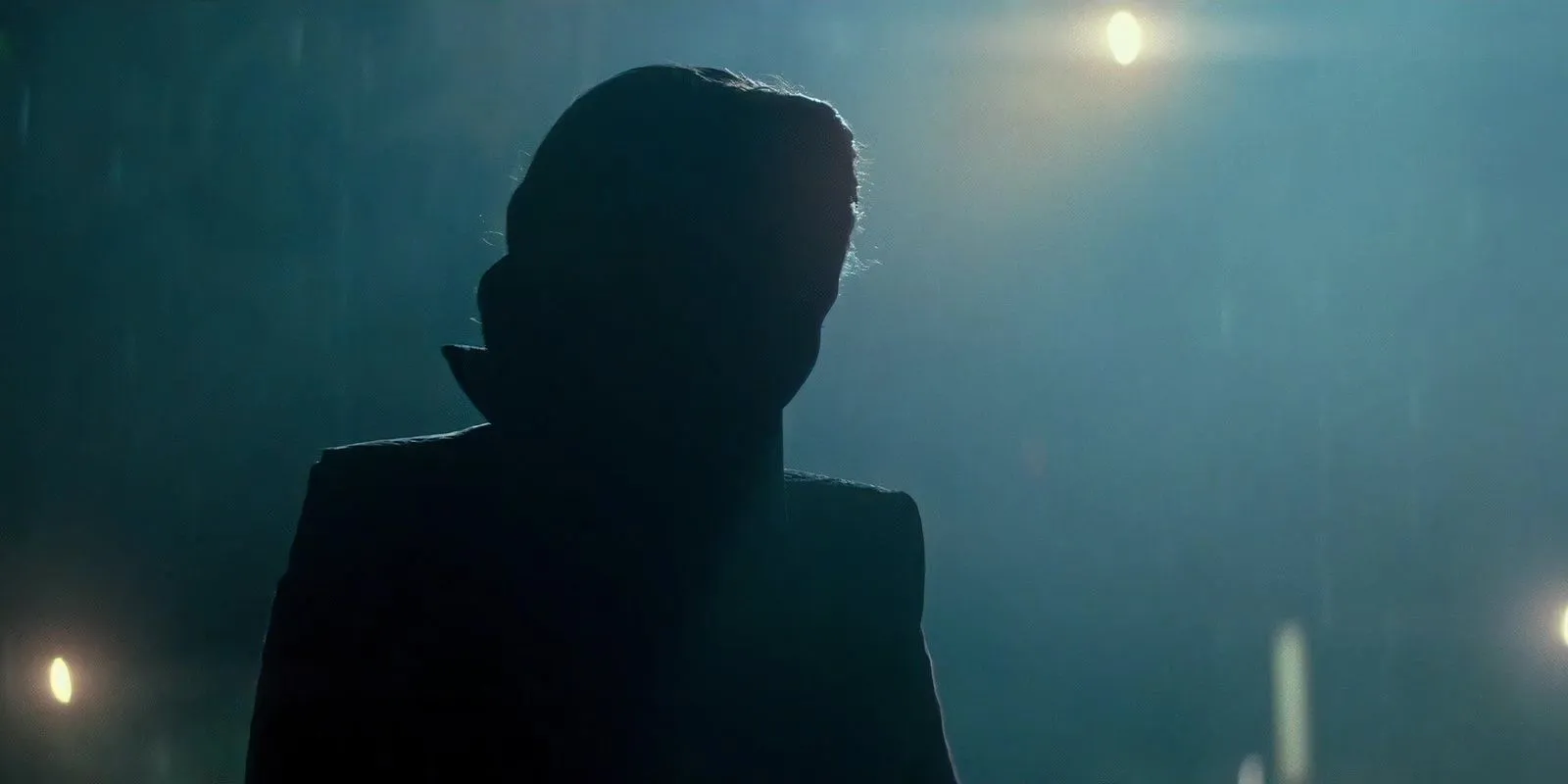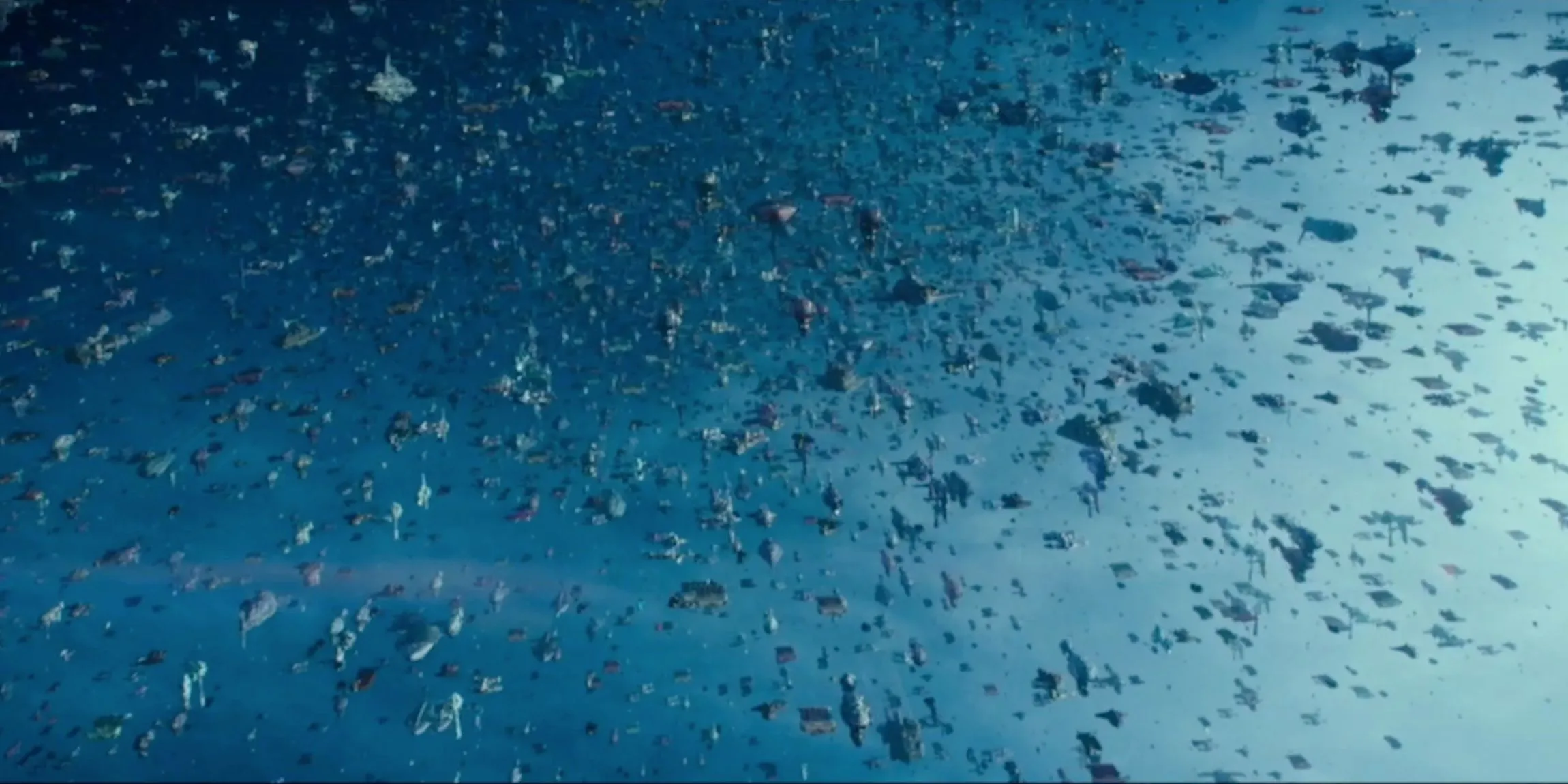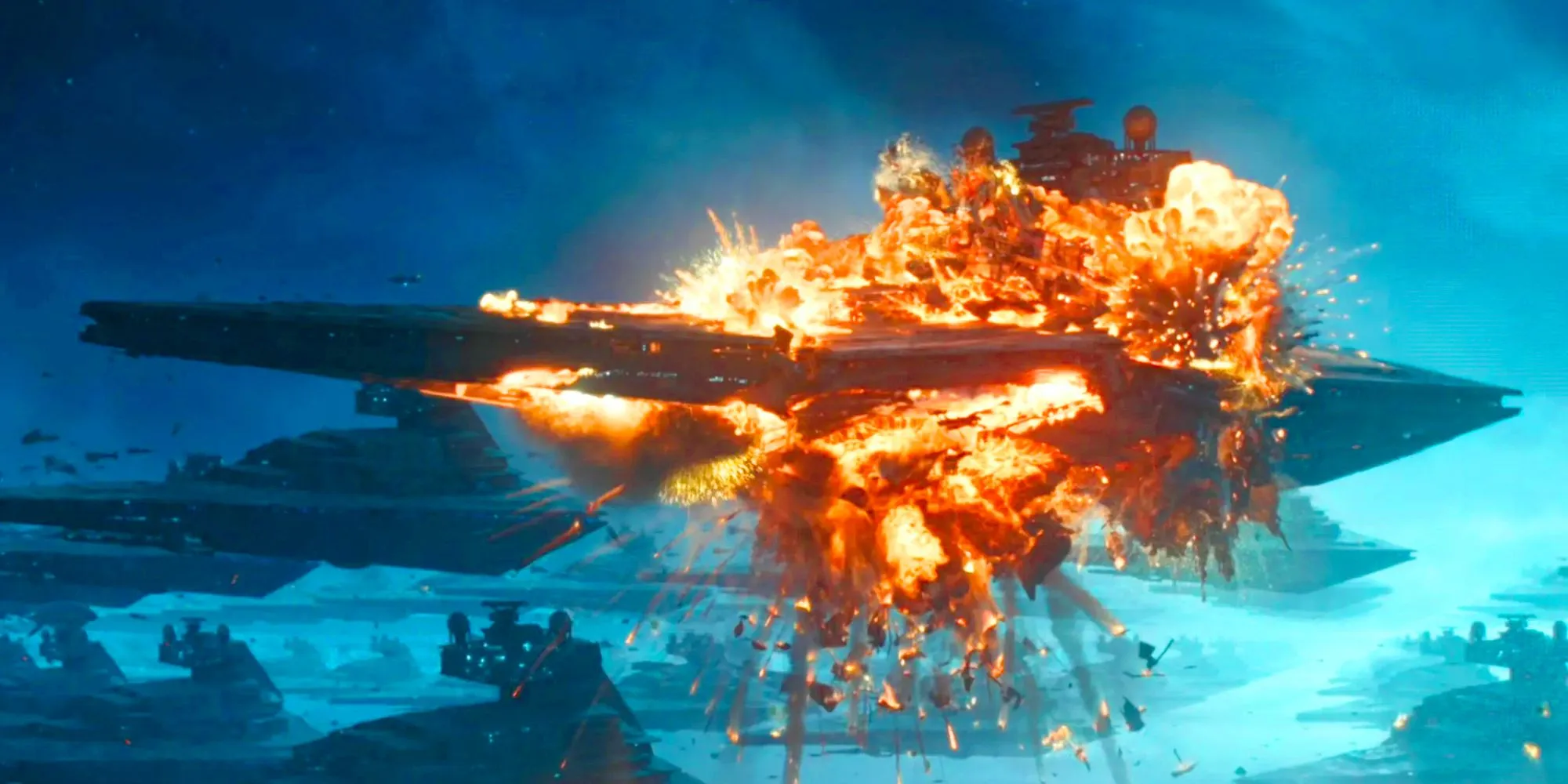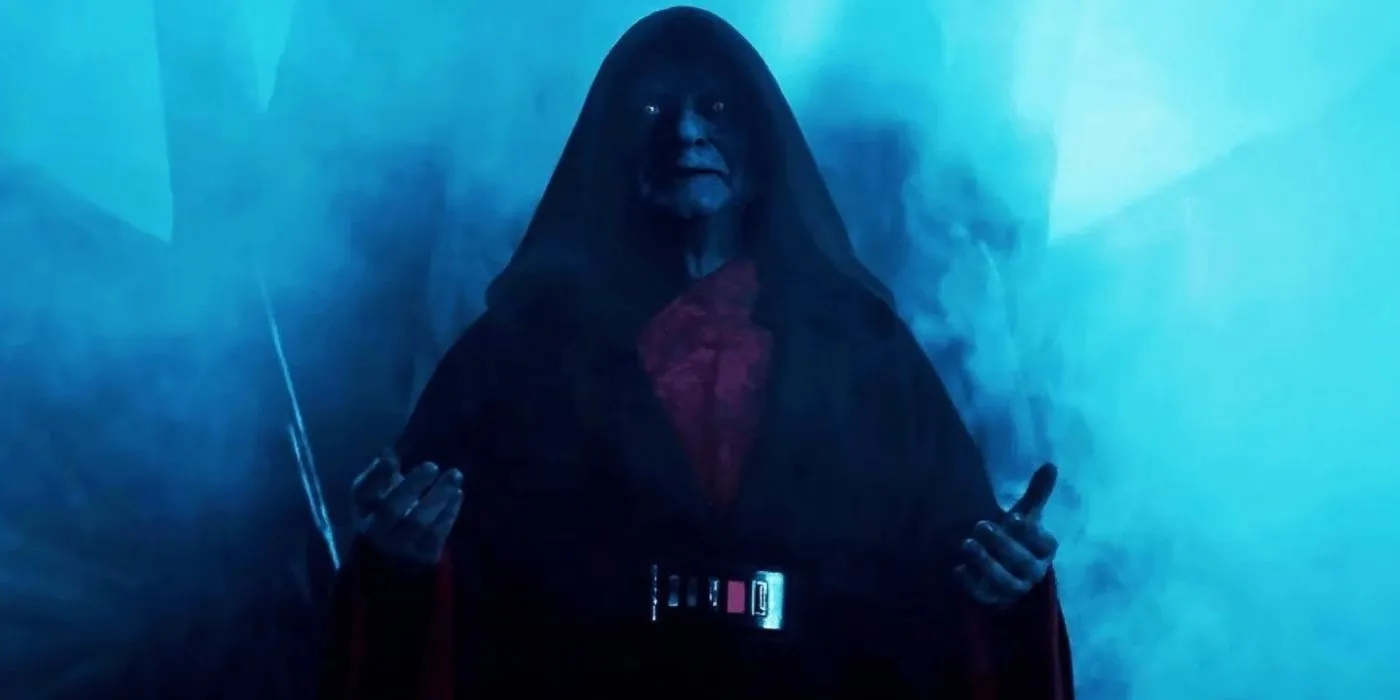
It has been five years since Star Wars: The Rise of Skywalker concluded the Skywalker saga in a way that sparked both intrigue and controversy. Prior to this final film, the sequel trilogy was no stranger to debate, particularly following the release of Star Wars: The Last Jedi, which ignited passionate discussions among fans. While much has been said about the closing chapter, often with a critical lens, there are still numerous elements that stand out and resonate positively within the narrative.
As the conclusion to one of cinema’s most iconic sagas, The Rise of Skywalker presents several puzzling choices. Notably, the film brings back Emperor Palpatine, a move that has been a focal point of discussion among fans and critics alike—blurring the lines between admiration and frustration. Despite these controversial decisions, there are several redeeming aspects of the movie that deserve recognition. Here, we will explore five standout features that contribute significantly to the film’s overall appeal.
5 Sendoffs of Leia, Luke, & Han
The Legacy of the Original Trilogy’s Characters





One of the significant strengths of the sequel trilogy is the opportunity to witness the return of iconic characters portrayed by Harrison Ford, Carrie Fisher, and Mark Hamill. In The Rise of Skywalker, fans are treated to memorable moments from Han Solo, Leia Organa, and Luke Skywalker, including a nostalgic flashback that highlights their younger years of training together.
Leia’s poignant farewell utilizes previously filmed footage of Carrie Fisher from Star Wars: The Force Awakens, allowing her character to shine one last time. These sendoffs are delivered with respect and honor the legacy of each character, showcasing their strengths and contributions. Leia empowers her son, Han reinforces his innate goodness, and Luke mentors Rey to carry forth the Jedi legacy—culminating in an iconic moment where he lifts his X-wing from the depths of water.
4 Rey’s New Lightsaber
A Unique Golden Saber Crafted from Her Staff



In the film’s concluding moments, Rey is seen on Tatooine, where she honors the legacies of Luke and Leia by laying their lightsabers to rest. This is followed by a moment of self-affirmation as she ignites her own lightsaber and declares herself “Rey Skywalker,”a decision that, despite its divisiveness, resonates strongly with the audience.
Rey’s lightsaber, characterized by its distinctive yellow blade—previously unseen in the cinematic universe—marks a fascinating evolution in lightsaber lore. Furthermore, the hilt is ingeniously crafted from parts of her former staff, symbolizing her journey from scavenger to Jedi and keeping her past intertwined with her new destiny.
3 Ben Solo’s Redemption Arc
The Transformation of Ben Solo



Ben Solo’s character arc is one of the film’s standout elements, showcasing a compelling transition from darkness to light. Beginning as the menacing Supreme Leader of the First Order, his character ultimately sacrifices himself to save Rey, illustrating a profound journey of redemption.
A pivotal scene mirrors Ben’s earlier confrontation with his father, Han Solo, but with a fresh perspective. This moment, combined with Rey’s compassion and his mother’s influence, triggers Ben’s return to the light. Driven by Adam Driver’s potent performance, Ben’s transformation is pivotal to the restoration of the Jedi Order through Rey, culminating in his ultimate oneness with the Force following a significant connection with Rey.
2 The Citizens’ Fleet at Exegol
Unity in the Face of Darkness




As the final chapter of the saga, The Rise of Skywalker aimed to provide a conclusive resolution to the overarching conflict of the galaxy. This film strives to ensure that the prevailing issues faced by the characters are not repeated. The presentation of the citizens’ fleet in the climactic Battle of Exegol is a striking testament to this aim.
Not only does this moment symbolize resilience, but it also reflects Anakin Skywalker’s earlier insights regarding the galaxy’s struggles portrayed in Star Wars: Episode I – The Phantom Menace. The citizens rising together delineates a newfound unity, a marked contrast to Return of the Jedi, where only the Rebellion triumphed. This time, the galaxy itself stands united, overpowering darkness to secure the victory.
1 Exegol, Sith Mythos, & Sith Troopers
The True Presence of the Sith



The sequel trilogy navigates forward while delving into the rich history of the Jedi and Sith, introducing pivotal locations such as Ahch-To and Exegol. Exegol stands out as the film’s focal point, characterized by ominous Sith imagery and an unmistakably darker tone throughout.
This darkness is epitomized by the terrifying presence of a resurrected Emperor Palpatine, whose return captivates viewers from the outset. The introduction of red-armored Sith Troopers, although brief, makes a powerful impact, blending iconic motifs from the Clone Wars and First Order. Ultimately, it’s refreshing to witness the Sith in their unadulterated essence, rather than hiding behind manipulations, illustrating their role as the ultimate antagonists in The Rise of Skywalker, leading to their final defeat.




Leave a Reply